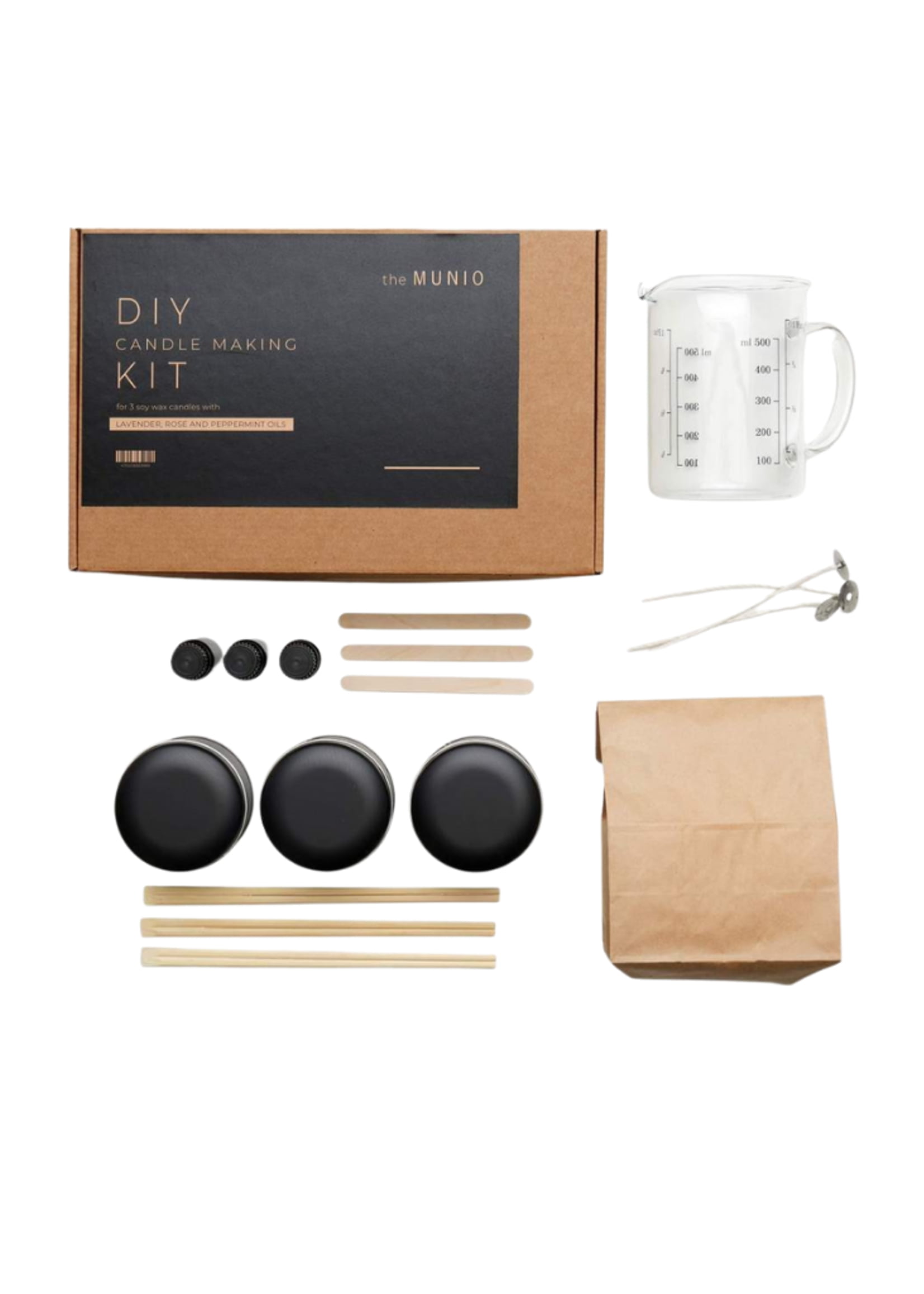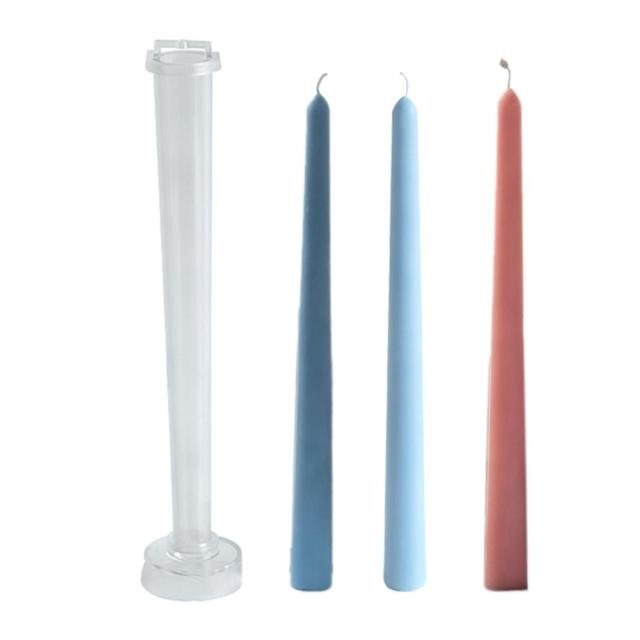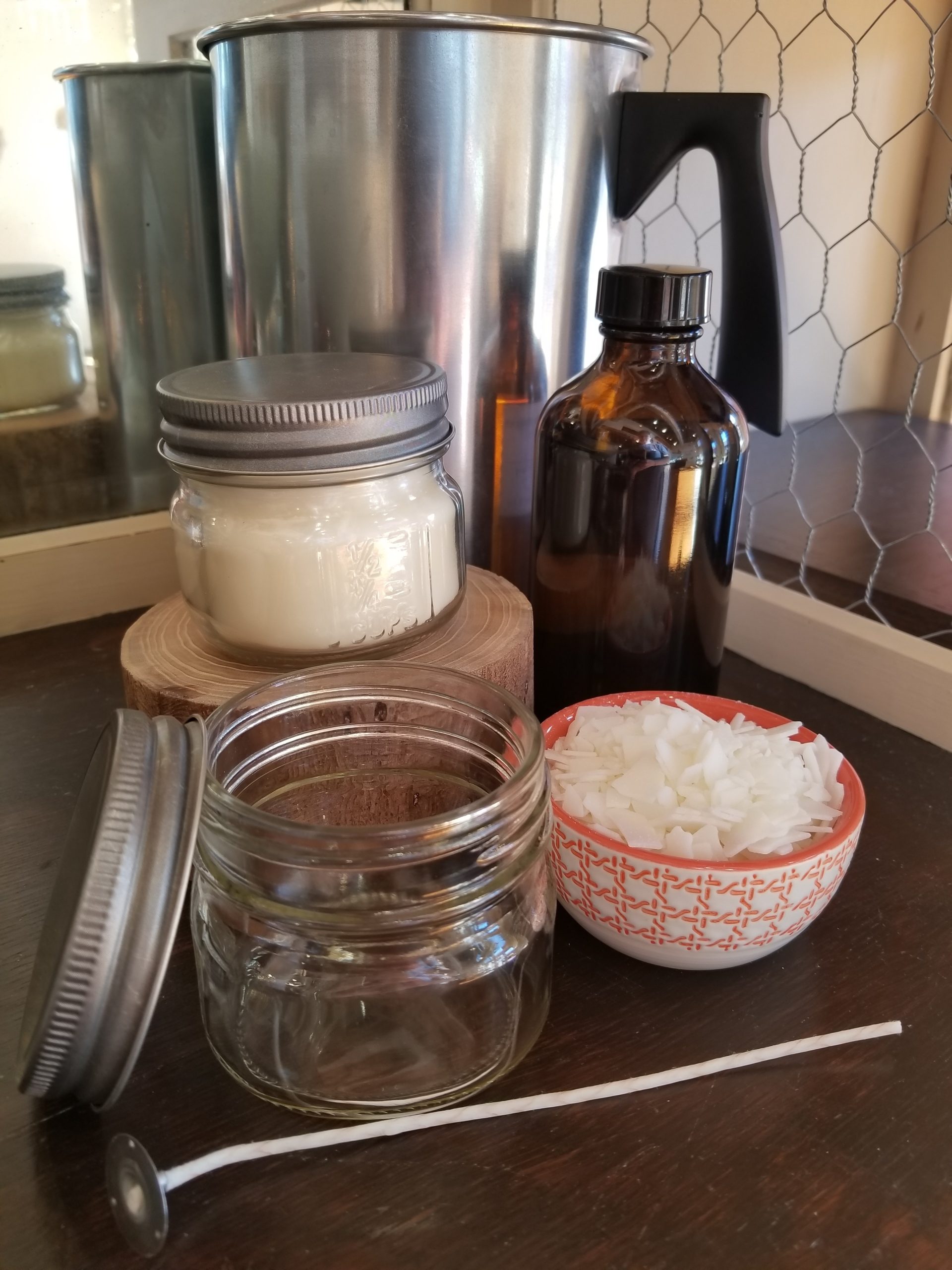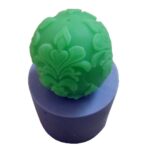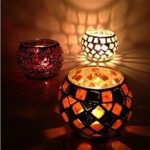Have you ever wondered how to melt wax for candle making? The art of candle making has a long and rich history, dating back to ancient civilizations. In recent years, do-it-yourself (DIY) candles have surged in popularity, as people seek out creative and personalized ways to add ambiance to their homes or give unique gifts to loved ones.
Properly melting wax is a crucial step in the candle-making process. If not done correctly, it can affect the quality and appearance of the final product. Understanding the importance of melting wax properly and knowing the best techniques for doing so is essential for anyone interested in creating their own candles at home.
In this article, we will explore the different types of wax commonly used in candle making, as well as the equipment needed for melting wax safely. We will also discuss various recommended melting techniques and provide tips for adding fragrance and color to melted wax.
Additionally, we will cover common mistakes to avoid when melting wax and offer guidance on cooling and pouring the melted wax for professional-looking results. Whether you are new to candle making or looking to improve your skills, mastering the art of melting wax is key to creating beautiful homemade candles.
Importance of Melting Wax Properly
Melting wax properly is crucial when making candles, as it directly impacts the quality and appearance of the final product. If the wax is not melted correctly, it can result in issues such as uneven texture, poor fragrance throw, and tunneling. To ensure that your candles turn out beautifully, it’s essential to understand the significance of melting wax properly and how it affects the overall candle-making process.
One key reason why melting wax properly is important is to achieve a smooth and even texture in the finished candles. When wax is not melted at the right temperature or for the correct duration, it can lead to an uneven surface and unsightly blemishes on the candles. Additionally, improper melting can cause air bubbles to form within the wax, resulting in an unappealing look once the candles solidify.
Furthermore, the way wax is melted also affects how well it holds fragrance and color. If the wax isn’t heated evenly or consistently, it may have trouble retaining added scents and dyes. This can result in a lackluster fragrance throw and uneven distribution of color throughout the candle. In contrast, when wax is melted properly, it becomes more receptive to fragrance oils and dyes, allowing for a better scent throw and vibrant colors in the finished candles.
| Reasons for Proper Wax Melting | Effects of Improper Wax Melting |
|---|---|
| Smooth and even texture | Uneven surface and air bubbles |
| Enhanced fragrance retention | Lackluster fragrance throw |
| Vibrant colors in candles | Uneven distribution of color |
Types of Wax for Candle Making
When it comes to candle making, choosing the right type of wax is crucial. There are several options available, each with its own set of benefits and drawbacks. Some of the most popular waxes used in candle making include soy wax, beeswax, paraffin wax, and coconut wax.
Soy wax is a favorite among many candle makers due to its natural origins and clean-burning properties. Beeswax, on the other hand, is known for its natural aroma and long burn time. Paraffin wax is widely used in commercial candle production due to its affordability and ability to hold fragrance well. Finally, coconut wax is a renewable resource that produces a beautiful scent throw.
Each type of wax has its own unique characteristics, so it’s essential to consider your priorities when choosing the right one for your candles. For example, if you prioritize sustainability and environmentally friendly materials, soy or coconut wax might be the best choice for you. On the other hand, if you’re looking for budget-friendly options with great fragrance retention, paraffin or beeswax may be more suitable.
| Wax Type | Characteristics |
|---|---|
| Soy Wax | Natural origin; Clean-burning; Environmentally friendly |
| Beeswax | Natural aroma; Long burn time |
| Paraffin Wax | Affordable; Excellent fragrance retention; Widely available |
| Coconut Wax | Renewable resource; Beautiful scent throw; Clean-burning |
Equipment Needed for Melting Wax
When it comes to melting wax for candle making, having the right equipment is crucial to ensure a smooth and efficient process. Here is a detailed list of essential tools and equipment needed to melt wax properly:
- Double Boiler: A double boiler, also known as a bain-marie, is an essential tool for melting wax. This setup consists of two pots, with the smaller one fitting inside the larger one. The bottom pot is filled with water, while the top pot holds the wax. This indirect heat helps prevent the wax from scorching.
- Thermometer: A reliable thermometer is necessary to monitor the temperature of the melted wax. Different types of waxes have specific melting points, so it’s important to use a thermometer to ensure that you are heating the wax to the right temperature for pouring.
- Pouring Pitcher: A heat-resistant pouring pitcher is convenient for transferring the melted wax into candle molds with ease. Look for a pitcher with a spout for controlled pouring.
- Stirring Utensils: Wooden or metal stirring utensils are needed to stir the wax as it melts and when adding fragrance or colorants. Avoid using plastic utensils, as they can melt when in contact with hot wax.
- Candle Molds: Depending on your preferred candle shape and size, choose suitable candle molds. These can be made of metal, silicone, or other materials designed for candle making.
It’s crucial to prioritize safety when working with hot wax. Here are some safety precautions to consider when melting wax:
- Work in a Well-Ventilated Area: Ensure that your workspace is well-ventilated to avoid inhaling fumes from the melting wax.
- Use Heat-Resistant Gloves: Protect your hands from potential burns by wearing heat-resistant gloves when handling hot equipment or pouring melted wax.
- Avoid Water Contact: Keep water away from hot wax, as it can cause splattering and create a fire hazard. Clean up any spills with paper towels instead of using water.
By having the right equipment and following safety precautions, you can set yourself up for successful and safe candle making using melted wax.
Lastly how do you melt was could also be affected by thermall shock ensure proper temperature control throughout all stages of production this will ensures quality control at its finest level all though out production process.
Recommended Melting Techniques
When it comes to making candles, the melting process is a crucial step in ensuring the quality and appearance of the final product. There are several recommended techniques for melting wax that can be used depending on your preference and available equipment. Each method has its own advantages and considerations, so it’s essential to understand how to melt wax for candle making effectively.
Double Boiler Method
One of the most popular and traditional ways to melt wax for candle making is by using a double boiler. This involves placing a heat-safe container of wax within a larger pot filled with water. The water is then heated, gently melting the wax without direct exposure to high temperatures. This method is preferred by many candle makers because it helps prevent the wax from overheating, which can affect its consistency and fragrance retention.
Microwave Method
For those looking for a quick and convenient way to melt wax, the microwave method is an excellent option. Simply place chunks or chips of wax in a microwave-safe container and heat in short intervals, stirring in between until fully melted. While this method is efficient, it requires careful monitoring to avoid overheating or scorching the wax.
Slow Cooker Method
Using a slow cooker or crockpot to melt wax is another popular technique among candle makers. This method involves placing your desired amount of wax into the slow cooker and allowing it to melt gradually over low heat. The slow and steady heating process helps ensure even melting without any hot spots, making it ideal for larger batches of candles.
No matter which melting technique you choose, it’s crucial to monitor the temperature of the wax throughout the process to prevent burning or discoloration. By following proper melting techniques, you can achieve high-quality melted wax that will result in beautifully crafted candles with excellent scent throw and appearance.
Adding Fragrance and Color to Melted Wax
When it comes to creating the perfect candle, adding fragrance and color to melted wax is a crucial step in the candle making process. The scent and hue of a candle can greatly enhance the overall experience for consumers, making it important to understand the best practices for incorporating these elements into molten wax.
Tips for Incorporating Scents
There are various methods for adding fragrance to melted wax, including using essential oils or specially formulated candle fragrances. It’s important to consider the type and amount of fragrance being added, as well as any potential reactions with the wax. Additionally, understanding how different scents behave when heated can help in achieving the desired strength and longevity of the fragrance in the finished candles.
Ensuring Even Distribution of Color
When adding color to melted wax, achieving an even distribution is key to creating visually appealing candles. Whether using liquid dyes, color blocks, or natural pigments, thoroughly mixing the color into the melted wax is essential. Understanding how different types of waxes and colors interact will also aid in preventing clumping or uneven coloring. Proper mixing techniques and testing small batches can help ensure consistent coloring throughout the candles.
Preventing Scent and Color Issues
To avoid potential issues with fragrance and color, it’s important to be mindful of how much scent or dye is being used in proportion to the amount of wax. Using too much fragrance oil can lead to flammable conditions, while overdosing on colorants can affect burn quality and create a mess when burning the candle. Understanding proper ratios and following recommended guidelines will help prevent these issues from occurring.
By paying attention to these factors when adding fragrance and color to melted wax, candle makers can elevate their craft and produce high-quality candles that not only look beautiful but also offer a delightful sensory experience for consumers.
Common Mistakes to Avoid When Melting Wax
When it comes to making candles, melting the wax is a crucial step that can greatly impact the quality of the finished product. To ensure that your candles turn out beautifully, it’s important to avoid common mistakes that can occur during the melting process. Here are some of the most frequent errors made when melting wax for candle making, along with tips on how to troubleshoot and prevent these issues:
Common Mistakes When Melting Wax for Candle Making:
1. Overheating the Wax: One of the most common mistakes in melting wax for candle making is overheating it. This can lead to discoloration, a burnt smell, and even a fire hazard. It’s essential to monitor the temperature of the wax closely and avoid heating it beyond its recommended melting point.
2. Using Inappropriate Equipment: Another mistake is using inappropriate equipment for melting wax. Using a pot or container that isn’t heat-resistant or not designed for candle making can result in accidents or uneven melting. It’s important to use a double boiler, dedicated wax melter, or other suitable equipment specifically designed for candle making.
3. Neglecting Safety Precautions: Failing to take proper safety precautions when working with hot wax is also a common mistake. This includes not using oven mitts or gloves when handling hot containers, neglecting to keep flammable objects away from the heat source, and not paying attention to potential fire hazards.
How to Avoid These Mistakes:
– Use a reliable thermometer to monitor the temperature of the wax throughout the melting process.
– Invest in high-quality equipment designed for candle making, such as a double boiler or dedicated wax melter.
– Always follow safety guidelines when working with hot wax, including wearing protective gear and keeping flammable materials away from the heat source.
By avoiding these common mistakes and following best practices for melting wax, you can ensure that your candles turn out beautifully and achieve professional-looking results every time.
Cooling and Pouring the Melted Wax
After melting the wax for candle making, the next crucial step is cooling and pouring the melted wax into candle molds. Proper techniques for this process are essential to achieve professional-looking candles. The cooling and pouring phase is a critical stage in candle making, as it determines the final appearance and quality of the candles.
To cool the melted wax, it is important to allow it to reach the appropriate temperature before pouring it into the molds. Rapid cooling or pouring wax that is too hot can result in lumpy or unevenly textured candles. It is recommended to use a thermometer to determine when the wax has reached the ideal temperature for pouring, which typically varies depending on the type of wax being used.
When pouring the melted wax into molds, it’s important to do so slowly and carefully to avoid spills or air bubbles in the candles. A steady hand and patience are key during this process. Additionally, choosing high-quality molds that are specifically designed for candle making can help ensure a smooth and flawless finished product.
Achieving professional-looking candles also involves mastering techniques for achieving clean edges and smooth surfaces on the finished candles. By taking care during the cooling and pouring process, crafters can create beautiful, polished candles that are sure to impress. Overall, understanding and perfecting these techniques will result in high-quality candles that are not only visually appealing but also burn evenly and efficiently.
Mastering the art of cooling and pouring melted wax is an important aspect of candle making that significantly influences the overall quality and appearance of homemade candles. By following proper techniques and taking care during this stage, crafters can create stunning candles that rival those found in stores.
Conclusion
In conclusion, mastering the art of melting wax is essential for achieving high-quality candles in candle making. The proper melting process not only ensures that the wax is in the right form for pouring and cooling but also affects the overall quality and appearance of the finished product. By understanding the different types of wax, essential equipment, recommended melting techniques, and how to add fragrance and color properly, candle makers can perfect their craft and create professional-looking candles.
It is crucial to select the right type of wax for your desired candle outcome. Whether it’s soy, beeswax, paraffin, or coconut wax, each has its own pros and cons that can significantly impact the final result. Additionally, taking safety precautions when working with hot wax and being mindful of common mistakes to avoid during the melting process are key aspects of successfully creating candles.
Ultimately, by paying attention to detail and following best practices for melting wax in candle making, enthusiasts can elevate their craft and produce stunning candles with even distribution of fragrance and color. With this knowledge at hand, anyone can achieve professional-looking results in their homemade candle-making endeavors. So remember, whether you’re using a double boiler method or a slow cooker technique, perfecting the art of melting wax is crucial for achieving beautiful and high-quality candles.
Frequently Asked Questions
How Do You Melt Wax for Candles at Home?
To melt wax for candles at home, you can use a double boiler or a dedicated wax melting pot. Simply place the wax in the top pot of the double boiler or the melting pot and heat it slowly over low to medium heat until completely melted. Stir occasionally to ensure even melting.
Can You Microwave Candle Wax to Melt It?
It is not recommended to microwave candle wax to melt it as it can be dangerous and lead to uneven heating, creating hot spots that could ignite the wax. Using a double boiler or melting pot is a safer and more controlled method for melting candle wax at home.
How Do You Melt Wax to Remake a Candle?
To remake a candle, you can melt down the remaining wax in a double boiler or dedicated melting pot. Once the wax is melted, prepare your new wick and container, then carefully pour the melted wax into the new container, securing the wick in place as it cools.
This process allows you to reuse leftover wax and create new candles with minimal waste.

Welcome to my candle making blog! In this blog, I will be sharing my tips and tricks for making candles. I will also be sharing some of my favorite recipes.

